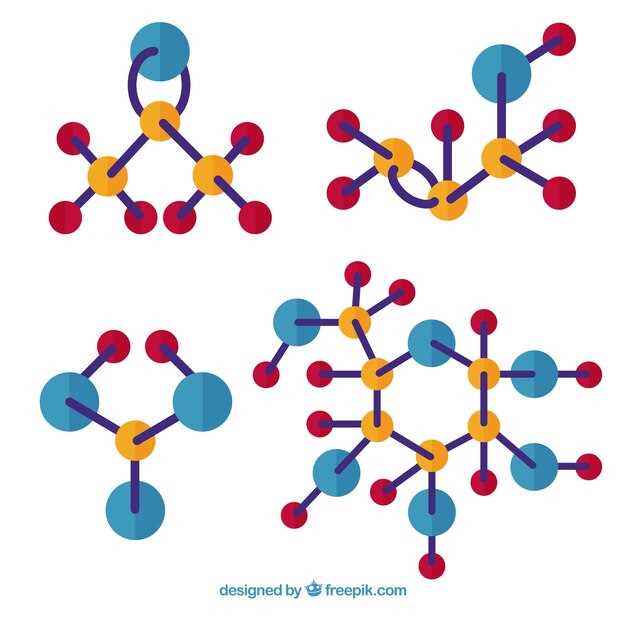
Discover the precise and efficient synthesis process of Esomeprazole that ensures high-quality pharmaceutical products. Esomeprazole is a key ingredient in medications used to treat gastric and esophageal conditions, providing relief from acid-related disorders.
Our advanced synthesis route guarantees the purity and efficacy of Esomeprazole, meeting the highest pharmaceutical standards. Trust in our expertise and quality control to deliver top-notch products for your health and well-being.
Overview of Esomeprazole
Esomeprazole is a medication used to treat gastroesophageal reflux disease (GERD), peptic ulcers, and other conditions caused by excess stomach acid. It belongs to a class of drugs known as proton pump inhibitors (PPIs) and works by reducing the amount of acid produced in the stomach.
Esomeprazole is the S-isomer of omeprazole and is more potent and effective in treating acid-related disorders. It is available in oral tablet and capsule forms for oral administration.
Benefits of Esomeprazole
1. Efficient Acid Suppression: Esomeprazole provides long-lasting acid suppression, offering relief from symptoms of acid reflux and ulcers.
2. Improved Symptom Control: Patients taking esomeprazole experience reduced heartburn, chest pain, and other symptoms associated with GERD.
3. Quick Relief: Esomeprazole starts working quickly to provide relief from acid-related symptoms, allowing patients to resume their daily activities.
Consult your healthcare provider for personalized advice on using esomeprazole and managing your acid-related conditions.
Overview of Esomeprazole
Esomeprazole is a proton pump inhibitor that is used to treat conditions such as gastroesophageal reflux disease (GERD), ulcers, and other conditions caused by excessive stomach acid. It works by reducing the amount of acid produced in the stomach, providing relief from symptoms such as heartburn and acid reflux.
The synthesis of Esomeprazole involves several key steps, including the reaction of specific precursors to form the desired compound. The process is carefully controlled to ensure the purity and quality of the final product.
Esomeprazole is a widely used medication that is known for its effectiveness in treating acid-related conditions. It is available in various forms, including tablets and injections, making it convenient for patients to use depending on their needs.
Overall, Esomeprazole is a crucial medication that provides relief for individuals suffering from acid-related conditions. Its synthesis and formulation are carefully designed to ensure its safety and efficacy in treating these conditions.
Synthesis of Esomeprazole
The synthesis of Esomeprazole involves several key components and reactions to produce the final product. One of the key components used in the synthesis is omeprazole, which serves as a precursor for Esomeprazole. Through a series of chemical reactions, the chiral form of omeprazole is isolated and converted to Esomeprazole.
Key Components for Synthesis
The key components for the synthesis of Esomeprazole include chiral omeprazole, various reagents such as hydrochloric acid, and solvents like methanol and ether. These components are carefully selected and used in specific quantities to ensure the success of the synthesis process.
| Component | Role |
|---|---|
| Chiral omeprazole | Precursor for Esomeprazole |
| Hydrochloric acid | Reagent for reaction |
| Methanol | Solvent |
| Ether | Solvent |
These components play a crucial role in the synthesis of Esomeprazole, ensuring the purity and effectiveness of the final product.
Key Components for Synthesis

When synthesizing Esomeprazole, several key components are essential to ensure the success of the reaction. These components include:
- Active Pharmaceutical Ingredient (API): The primary ingredient responsible for the therapeutic effects of Esomeprazole.
- Proton Pump Inhibitor (PPI): A class of medications that block the production of stomach acid by inhibiting the gastric hydrogen-potassium adenosine triphosphatase enzyme system.
- Chiral Catalyst: A catalyst that can create a chiral center in the molecule, allowing for the synthesis of the enantiopure form of Esomeprazole.
- Solvents: Various solvents are used in the synthesis process to facilitate the reaction and purification steps.
- Reagents: Specific chemicals and reagents are required to carry out the reaction steps and transform the precursors into Esomeprazole.
- Protecting Groups: These groups are used to temporarily mask reactive functional groups in the molecule and prevent unwanted side reactions during synthesis.
Reaction Steps

The purification process for esomeprazole involves several key steps to ensure the final product is of high purity. These steps typically include:
| Step 1: | Extraction | The crude product is extracted using a suitable solvent to separate the desired compound from impurities. |
| Step 2: | Filtration | The extracted solution is filtered to remove any solid impurities and obtain a clear solution. |
| Step 3: | Evaporation | The solvent is evaporated to concentrate the compound, leaving behind a more purified product. |
| Step 4: | Crystallization | The concentrated product is allowed to crystallize, further purifying the compound. |
| Step 5: | Recrystallization | If necessary, the product can undergo recrystallization to improve purity and remove any remaining impurities. |
Purification Process
In the purification process of Esomeprazole, various techniques are employed to ensure the final product’s high quality and purity. One of the key steps in purification is the recrystallization of Esomeprazole from a suitable solvent to remove any impurities and improve the crystal structure. This process involves dissolving Esomeprazole in a hot solvent, allowing it to cool slowly, and then collecting the purified crystals that form.
Additionally, chromatographic methods such as column chromatography or HPLC (High-Performance Liquid Chromatography) may be used to further purify Esomeprazole by separating it from other compounds present in the reaction mixture. These techniques help in isolating Esomeprazole in its pure form, ensuring its effectiveness and safety for use.
The final step in the purification process involves thorough characterization and analysis of the purified Esomeprazole to confirm its identity and purity. Techniques such as NMR (Nuclear Magnetic Resonance) spectroscopy, mass spectrometry, and elemental analysis are commonly used to verify the chemical structure and composition of the purified product, ensuring that it meets the required standards for pharmaceutical use.
Final Product Analysis
After the completion of the synthesis process, the final product, esomeprazole, undergoes rigorous analysis to ensure its purity and quality. The analysis includes various tests and techniques to confirm the identity and concentration of the synthesized compound.
- High-Performance Liquid Chromatography (HPLC): This technique is used to separate, identify, and quantify esomeprazole in the final product. It provides accurate results regarding the purity of the compound.
- Mass Spectrometry (MS): Mass spectrometry is utilized to determine the molecular weight of esomeprazole and to identify any impurities present in the compound.
- Nuclear Magnetic Resonance (NMR) Spectroscopy: NMR spectroscopy is employed to analyze the chemical structure of esomeprazole and to validate its conformation.
- Infrared (IR) Spectroscopy: IR spectroscopy is used to detect functional groups present in esomeprazole and to confirm the molecule’s structure.
The combination of these analytical techniques ensures that the final product, esomeprazole, meets the required specifications for pharmaceutical use and guarantees its efficacy and safety.
